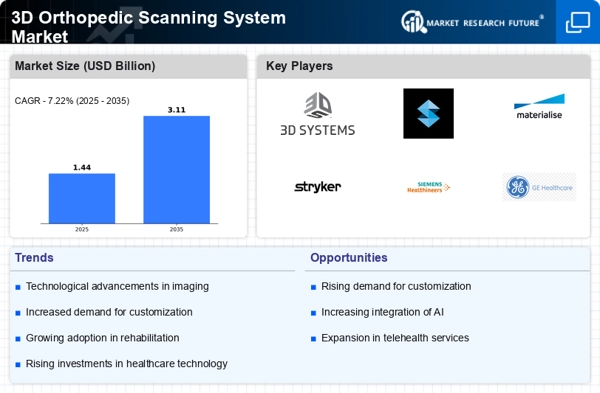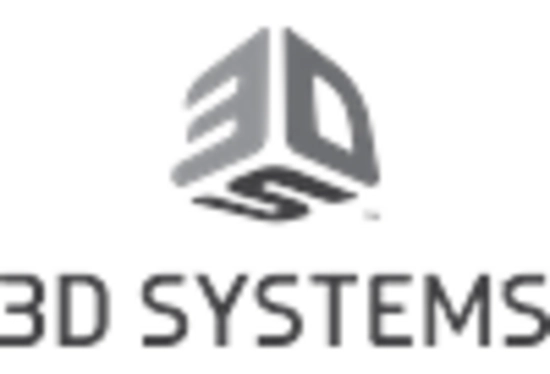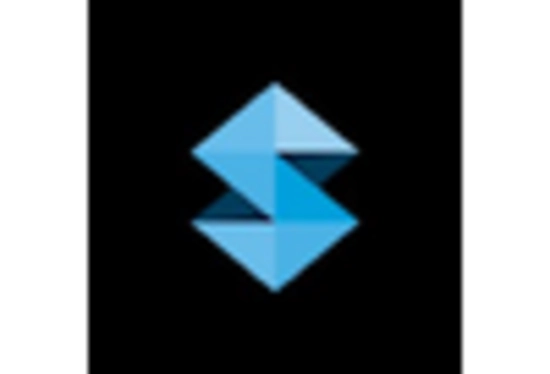Expansion in Healthcare Settings
The expansion of healthcare settings is a critical driver for the 3D Orthopedic Scanning System Market. As healthcare facilities, including hospitals and outpatient clinics, continue to grow, the need for advanced diagnostic tools becomes increasingly apparent. This expansion is often accompanied by an emphasis on improving patient care and operational efficiency. Consequently, healthcare providers are investing in state-of-the-art technologies, including 3D orthopedic scanning systems, to enhance their diagnostic capabilities. The increasing number of orthopedic surgeries and the rising prevalence of musculoskeletal disorders further contribute to this trend. Market data suggests that the orthopedic device market is expected to reach USD 50 billion by 2026, indicating a robust demand for complementary technologies such as 3D scanning systems. This growth trajectory underscores the importance of integrating advanced scanning solutions into expanding healthcare infrastructures.
Technological Advancements in 3D Scanning
The 3D Orthopedic Scanning System Market is experiencing a surge in technological advancements that enhance the precision and efficiency of orthopedic assessments. Innovations such as improved imaging algorithms and high-resolution scanning capabilities are becoming increasingly prevalent. These advancements allow for more accurate representations of bone structures and soft tissues, which is crucial for effective diagnosis and treatment planning. The integration of artificial intelligence and machine learning into scanning systems further optimizes the analysis process, potentially reducing the time required for assessments. As a result, healthcare providers are likely to adopt these advanced systems, driving growth in the 3D Orthopedic Scanning System Market. The market is projected to witness a compound annual growth rate of approximately 10% over the next few years, reflecting the increasing reliance on advanced technologies in orthopedic care.
Growing Awareness of Personalized Medicine
The growing awareness of personalized medicine is shaping the 3D Orthopedic Scanning System Market. As healthcare shifts towards tailored treatment approaches, the demand for precise diagnostic tools that can inform individualized care plans is increasing. 3D orthopedic scanning systems provide detailed anatomical data that can be used to customize treatment strategies for patients based on their unique conditions. This trend is particularly relevant in orthopedic surgery, where personalized implants and surgical techniques are becoming more common. The emphasis on personalized medicine is likely to drive the adoption of advanced scanning technologies, as healthcare providers seek to enhance the accuracy of their assessments. Market analysts suggest that the personalized medicine market could reach USD 2 trillion by 2030, indicating a substantial opportunity for growth within the 3D Orthopedic Scanning System Market.
Increased Demand for Non-Invasive Solutions
There is a notable increase in the demand for non-invasive solutions within the 3D Orthopedic Scanning System Market. Patients and healthcare providers alike are gravitating towards methods that minimize discomfort and risk associated with traditional imaging techniques. Non-invasive scanning technologies offer the advantage of providing detailed anatomical information without the need for surgical intervention. This shift in preference is likely to be fueled by a growing awareness of the benefits of non-invasive procedures, including quicker recovery times and reduced healthcare costs. As a result, manufacturers are focusing on developing and marketing 3D orthopedic scanning systems that align with this demand. The market is expected to expand as more healthcare facilities adopt these systems, potentially leading to a significant increase in patient throughput and satisfaction.
Rising Prevalence of Musculoskeletal Disorders
The rising prevalence of musculoskeletal disorders is a significant factor influencing the 3D Orthopedic Scanning System Market. Conditions such as arthritis, osteoporosis, and sports-related injuries are becoming increasingly common, necessitating accurate and timely diagnosis. The demand for effective treatment options is driving healthcare providers to seek advanced diagnostic tools that can facilitate better patient outcomes. 3D orthopedic scanning systems offer detailed imaging that aids in the assessment and management of these disorders. As the population ages and the incidence of these conditions rises, the market for orthopedic solutions is expected to grow. Reports indicate that the global burden of musculoskeletal disorders is projected to increase, further emphasizing the need for innovative technologies in the 3D Orthopedic Scanning System Market. This trend is likely to propel investments in advanced scanning technologies.


















Leave a Comment